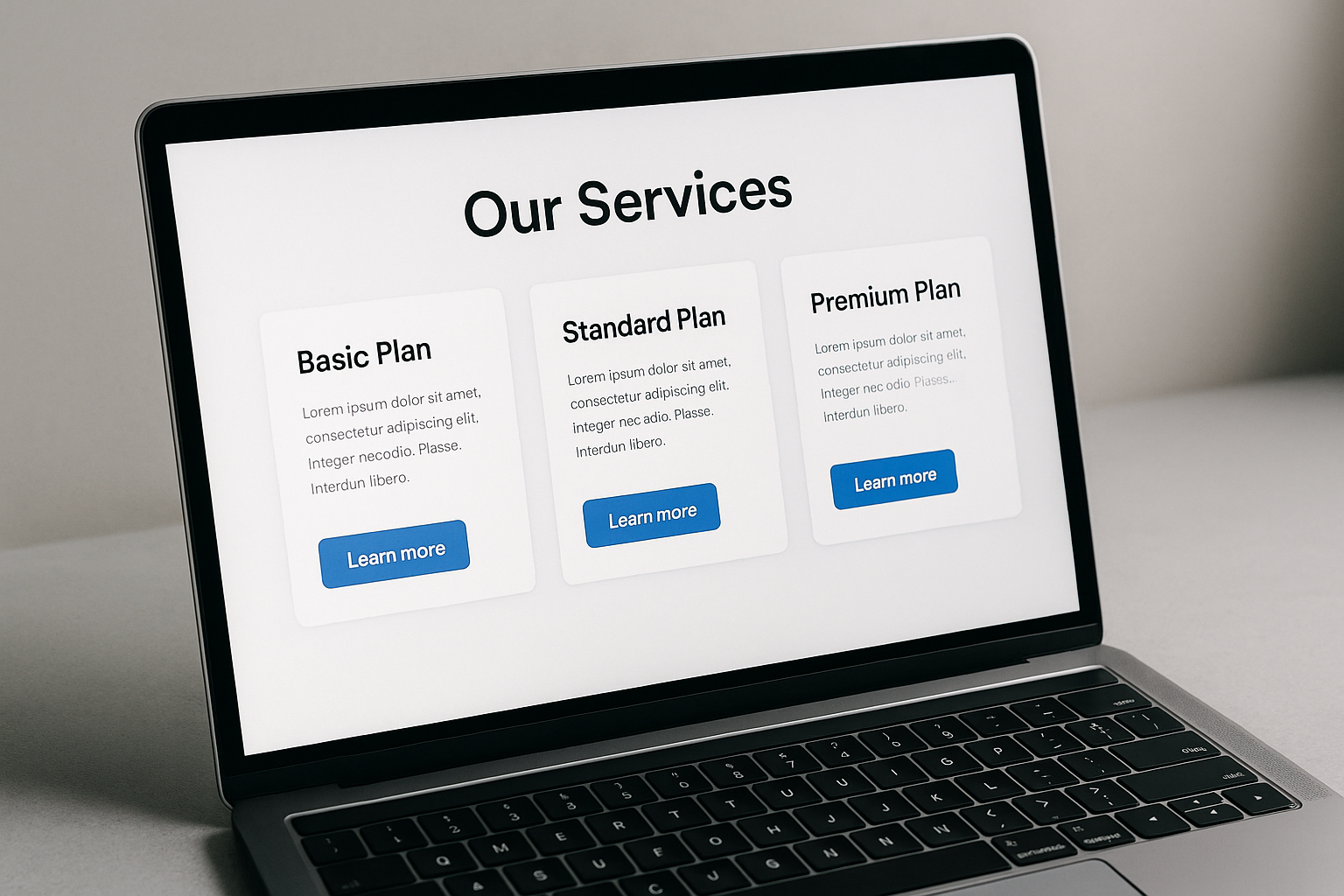
When you start as a freelancer or freelancer, the first question is not always “how much do I charge”... but “How do I structure my offer”.
Without a clear and consistent offer, it is difficult to attract the right customers, to defend your prices and to ensure a professional positioning.
Here are the Best practices for structuring a solid service offer, which reassures, attracts and values your expertise.
Good Service Meets a Concrete Problem.
Start by identifying what your potential customers are looking for:
-> Your offer must Talk about results, not only deliverable.
To avoid misunderstandings or “free” mission extensions, structure your offer like a Package or a pack :
💡 A well-structured offer protects you as much as it reassures the customer.
Not everyone has the same needs or the same budget.
Consider Proposing 2 to 3 versions of your service, for example:
This allows the customer to Be positioned more easily, while increasing your chances of conversion.
Avoid jargon, overly technical descriptions, or long lists.
A good offer description includes:
Tip: use the format “Problem → Solution → Expected Result.”
The Price of a service Does not only depend on what you deliver, but also:
If your offer is vague, poorly framed or too technical, it may be perceived as “fulfilling” and you will be tempted to Lower Your Prices.
Structuring Your Offer Also Means Knowing Refuse requests outside the framework, or offer an additional quote.
This is what allows you to:
Structuring your offer means laying the foundations of a viable business, by valuing your work Without Selling Off Your Value.
A clear offer attracts the right customers, limits friction and allows you to move more easily towards a profitable and sustainable business.

This consists in precisely defining its packages, its rates, its included/excluded services, and what differentiates your proposal on the market.

For lack of trust, for fear of losing customers, or for the absence of a clear positioning and added value strategy.

By calculating its costs (time, material, expenses), by analyzing the prices of the competition and by testing its offers through customer feedback.

Klark makes it possible to centralize costs, cash, invoices, and quotes, which helps to see what is profitable or not and to adjust your packages.